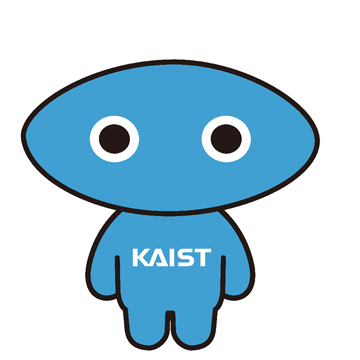Curriculum of Interpretability Team
Contents to follow the learning of interpretability.
Curriculum
| Chapter |
Section |
| Chaper 1. Neuron |
Neurons in Neuroscience |
| |
Neurons in Deep Learning |
| |
Interpret Neurons in MLP |
| |
Interpret Neurons in CNN |
| |
Interpret Neurons in RNN |
| |
Interpret Neurons in Transformer |
| |
Probing Neurons |
| |
Class Activation Vector |
| |
|
| ??? |
Logit Lens |
| CNN |
Channels |
| CNN |
Feature Detector |
| CNN |
Circuits |
| |
|
| Transformer |
Tokens |
| Transformer |
Blocks |
| Transformer |
Attention |
| Transformer |
MLP |
| Transformer |
Key-Value Memory |
🪴 Neuron Interpretation
-
Linear Probing : determine whether a neuron has concept with a linear classifier .
-
Non-Linear Probing : probing with a non-linear classifier .
-
CAV (Concept Activation Vector) : probing with concept labels .
-
Logit Lens: directly maps neuron to the logits .
-
Feature Visualization (Deep Dream) gradient ascent input to maximize the neuron .
-
Activation Atlas: applying U-Map on the activation vectors and put feature visualization on each points .
-
What-When-Where visualization: CAV test accuracy for all layers, training epoch and concept .
-
Network Dissect: find neurons via heatmap overlapping.
-
CCD (Concept Confidence Deviation) : .
-
Latent Saliency Maps: .
-
Integrated Gradient :
🪴 Representation Interpretation
-
NMF (Non-negative Matrix Factorization) : reducing the number of items to the defined numbers .
-
Activation Intervention (Activation Patch) :
-
t-SNE :
- U-MAP
🪴 Architecture Interpretation
- Transformer
- Attention
- Self-Attention
- Cross-Attention
- CNN
- RNN
- Gated RNN
- MLP
- Linear Layer
- Pooling
Concepts
| Concept |
Summary |
Related Papers |
| Grokking |
The phenomena that generalization is slower than training performance |
– |
| Surface Statistics |
Model relies on spurious correlations.
A long list of correlations that do not reflect a causal model of the process generating the sequence. |
|


